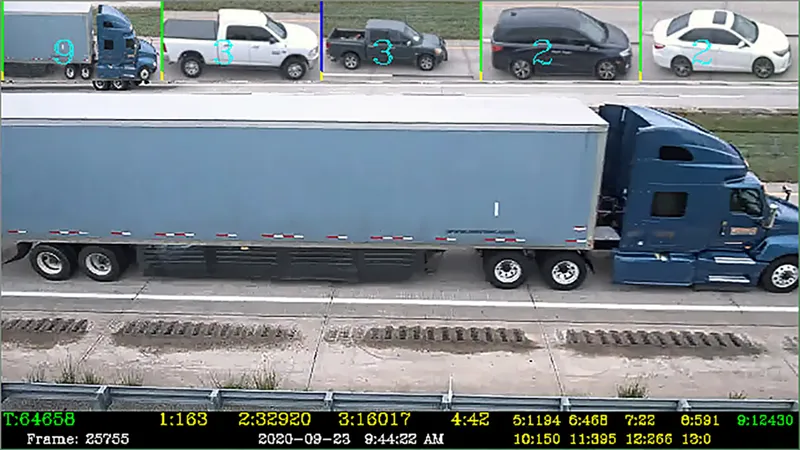Oklahoma Department of Transportation (ODOT) has awarded
This contract includes the supply and installation of IRD's weigh-in-motion (WIM) and intelligent roadside operation credentialing (iROC) system utilising license plate reader (LPR) and USDOT reader technology, vehicle dimensioning, fully integrated static scale, video verification, vehicle movement compliance, and operational software.
The purpose of the ESS is to better focus limited resources on potentially high risk or non-compliant commercial vehicles. This system will allow trucks with compliant weight, dimensions and credentials to bypass the POEs at highway speeds, thereby reducing the number of trucks that are required to stop at the inspection stations. With fewer delays at these facilities compliant carriers save time, safety and efficiency is improved, and greenhouse gas (GHG) emissions are reduced.
Terry Bergan, IRD's president and CEO said: "We are pleased to have been awarded this very significant project. The addition of this state-of-the-art e-screening system for commercial vehicles in Oklahoma is another example of an increased customer focus to improve efficiency utilising high speed weight, safety and credentialing technologies."
Oklahoma DOT opts for IRD WIM screening system
Oklahoma Department of Transportation (ODOT) has awarded International Road Dynamics (IRD) a US$2.54 million project to build, implement, and maintain a new and innovative port-of-entry (POE) electronic screening system (ESS) for commercial vehicles at Interstate-40 westbound, Sequoyah County, Oklahoma. This contract includes the supply and installation of IRD's weigh-in-motion (WIM) and intelligent roadside operation credentialing (iROC) system utilising license plate reader (LPR) and USDOT reader technolo
May 29, 2015
Read time: 2 mins










